Pipeline de raclage en mousse
Nom | Pipeline de raclage en mousse | ||||
Matériel | Polyuréthane | ||||
Densité lumineuse | 0.02-0.3g/m3 | ||||
Densité moyenne | 0.08-0.12g/m3 | ||||
Forte densité | 0.13-0.16g/m3 | ||||
Caractéristique | Tout d’abord, une résistance élevée à l’usure | ||||
Deuxièmement, de bonnes performances de nettoyage | |||||
Enfin, à faible coût | |||||
Paiement | TT/LC | ||||
Avantage | 1. Ils sont légers et flexibles. | ||||
2. Belle efficacité de nettoyage. | |||||
3. Suivi précis de la localisation. | |||||
I. Présentation
Le raclage en mousse est une pratique essentielle dans l’entretien des pipelines, servant de technique clé pour assurer à la fois l’intégrité et l’efficacité opérationnelle des systèmes de pipelines. Cette méthode implique l’utilisation de racleurs en mousse, des outils spécialisés conçus pour nettoyer et inspecter efficacement les pipelines. Les racleurs à mousse sont des appareils cylindriques qui se déplacent dans des pipelines, facilitant diverses tâches d’entretien telles que le nettoyage, le séchage et l’inspection des surfaces intérieures.
La conception des racleurs en mousse comprend un front conique qui aide à naviguer dans le pipeline, tandis que leur corps est souvent enveloppé ou recouvert de divers matériaux qui aident à nettoyer et à gratter les débris. Principalement, ces dispositifs sont propulsés par la pression du fluide à l’intérieur de la canalisation, ce qui leur permet de se déplacer en douceur et de s’adapter aux contours internes de la canalisation. Cette adaptabilité fait des racleurs de mousse un outil essentiel dans le calendrier d’entretien régulier des pipelines, car il permet d’éviter les blocages et la corrosion potentiels, qui peuvent entraîner d’importants problèmes opérationnels.
II. Types et matériaux de la canalisation de raclage en mousse
A. Éponge Mousse Porcs
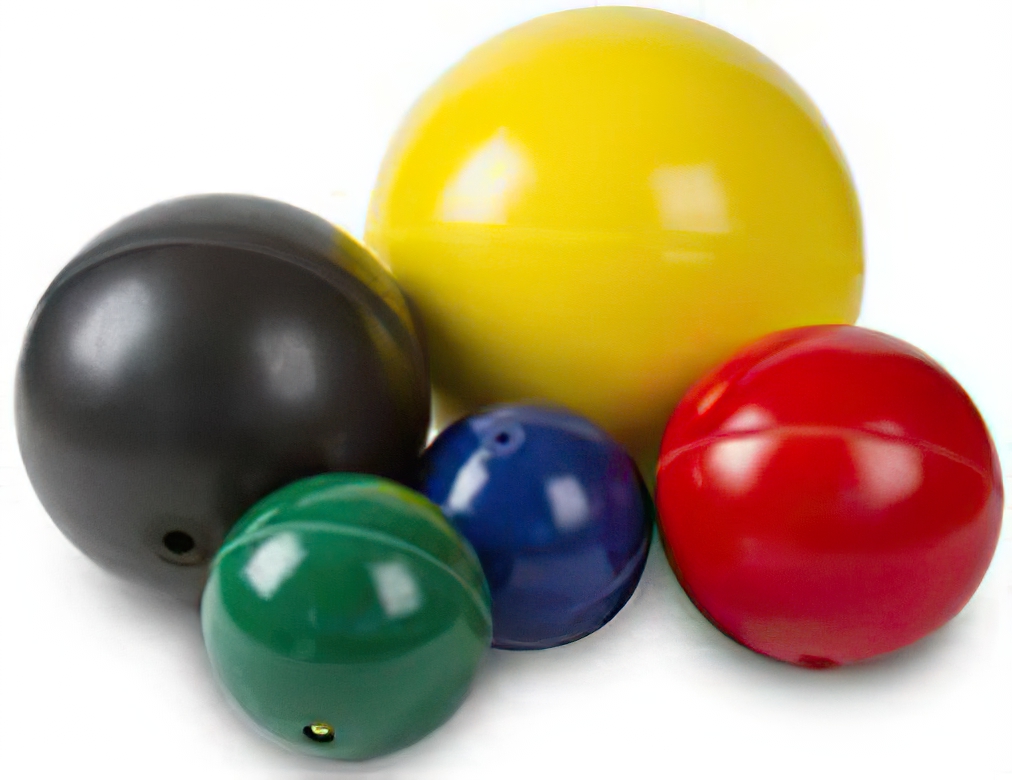
Les cochons en mousse éponge sont fabriqués à partir de matériaux ressemblant à des éponges, qui offrent plusieurs avantages significatifs. Tout d’abord, ils sont rentables, ce qui en fait une option attrayante pour les tâches de maintenance de routine où des solutions coûteuses ne sont pas nécessaires. Le processus de fabrication des cochons en mousse éponge est relativement simple, ce qui contribue à réduire le coût global. De plus, leur excellente capacité d’absorption d’eau les rend particulièrement efficaces pour éliminer les fluides de la canalisation, facilitant ainsi les opérations de séchage.
Cependant, les cochons en mousse éponge ont certaines limites. Leur nature moins durable signifie qu’ils ont tendance à se briser ou à s’user plus rapidement, surtout lorsqu’ils sont utilisés dans des conditions plus abrasives. Par conséquent, ils sont généralement adaptés aux distances opérationnelles plus courtes, où le risque de dommages est minimisé et où les remplacements fréquents sont plus gérables.
B. Porcs en mousse de polyuréthane
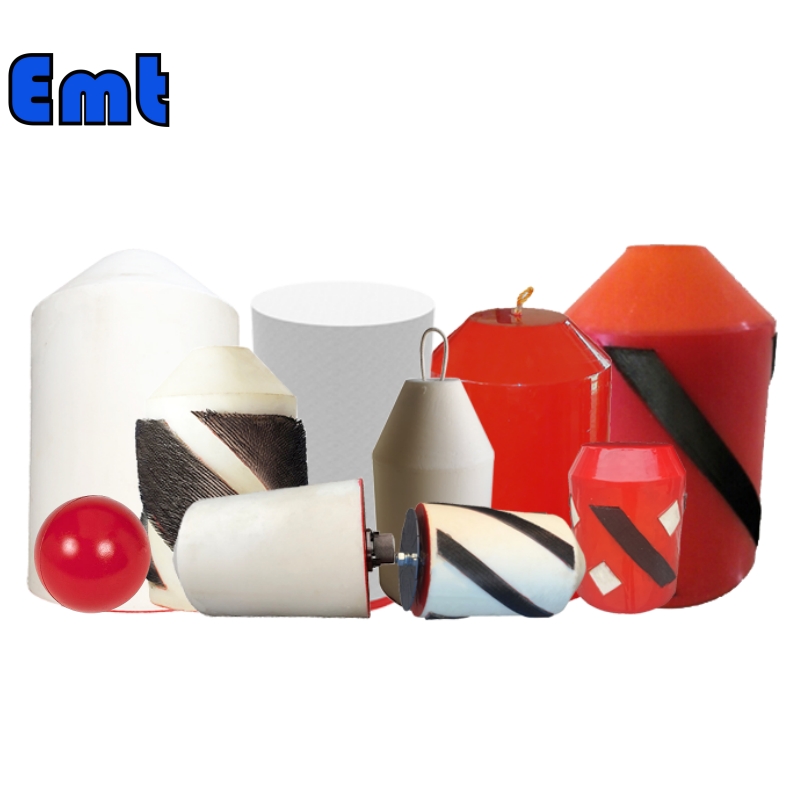
D’autre part, les racleurs en mousse de polyuréthane sont fabriqués à partir de polyuréthane, un matériau connu pour sa durabilité et sa résilience. Ces racleurs offrent des dimensions précises grâce aux procédés de moulage contrôlés utilisés dans leur production. Cette précision permet une meilleure résistance à l’usure, ce qui rend les racleurs en mousse de polyuréthane adaptés aux longues distances et aux tâches de nettoyage plus difficiles à l’intérieur des pipelines. Leur robustesse leur permet de résister à divers environnements de pipelines sans usure significative, prolongeant ainsi leur durée de vie utile et réduisant la fréquence des remplacements de racleurs.
Malgré ces avantages, les porcs en mousse de polyuréthane ont des coûts de production plus élevés. Le besoin de moules spécifiques et le prix plus élevé des matières premières contribuent à cette augmentation des coûts. De plus, le processus de production est plus complexe que celui des cochons à mousse éponge, nécessitant des équipements et des technologies plus sophistiqués. Ces facteurs rendent les racleurs en mousse de polyuréthane plus chers, bien que leur durée de vie et leur efficacité prolongées puissent compenser l’investissement initial au fil du temps.
En résumé, le choix entre les racleurs en éponge et en mousse de polyuréthane dépend en grande partie des exigences spécifiques de la tâche d’entretien du pipeline à accomplir, y compris le budget, la distance opérationnelle prévue et la nature des débris ou des résidus enlevés.
III. Scénarios d’application et personnalisation
Le raclage en mousse est polyvalent et applicable dans divers scénarios allant de l’entretien de routine des pipelines de transmission aux opérations dans des environnements plus difficiles tels que les lignes de transmission sous-marines ou les systèmes d’injection d’eau à haute pression. La flexibilité des racleurs en mousse leur permet de naviguer dans des virages serrés et des coudes à petit rayon, ce qui les rend adaptés à un large éventail de configurations de pipelines.
Des personnalisations sont disponibles pour les cochons de mousse afin d’améliorer leur fonctionnalité. Il peut s’agir de brosses métalliques pour un nettoyage plus intensif, de revêtements complets pour une protection supplémentaire, de plaques d’étrier à des fins d’inspection et d’équipements de détection pour surveiller leur progression et leur efficacité.
IV. Avantages de la canalisation de raclage en mousse améliorée
Le racleur de mousse de pipeline de nettoyage avec brosse, une version spécialisée du racleur de mousse standard, incorpore du polyuréthane de densité moyenne ou élevée avec une couche externe de brosses en acier en spirale. Cette conception améliore considérablement ses capacités de nettoyage :
- Facilité d’utilisation: Contrairement aux racleurs mécaniques qui nécessitent des équipements de lancement et de réception complexes, les racleurs à mousse avec brosses sont faciles à déployer et à récupérer, adaptables à diverses conditions de pipeline sans avoir besoin d’une expérience approfondie de l’opérateur.
- Nettoyage efficace: Ils nettoient uniformément et en profondeur sans interrompre le fonctionnement normal du pipeline. La mousse haute densité est résistante à la déchirure et durable, capable de transporter des émetteurs pour fournir des données sur l’état interne du pipeline pendant le fonctionnement.
- Polyvalence et faible coût: Ces racleurs sont rentables, nécessitent moins de personnel pour fonctionner et sont capables de s’adapter à des scénarios de pipeline complexes, réduisant ainsi les coûts globaux de maintenance.


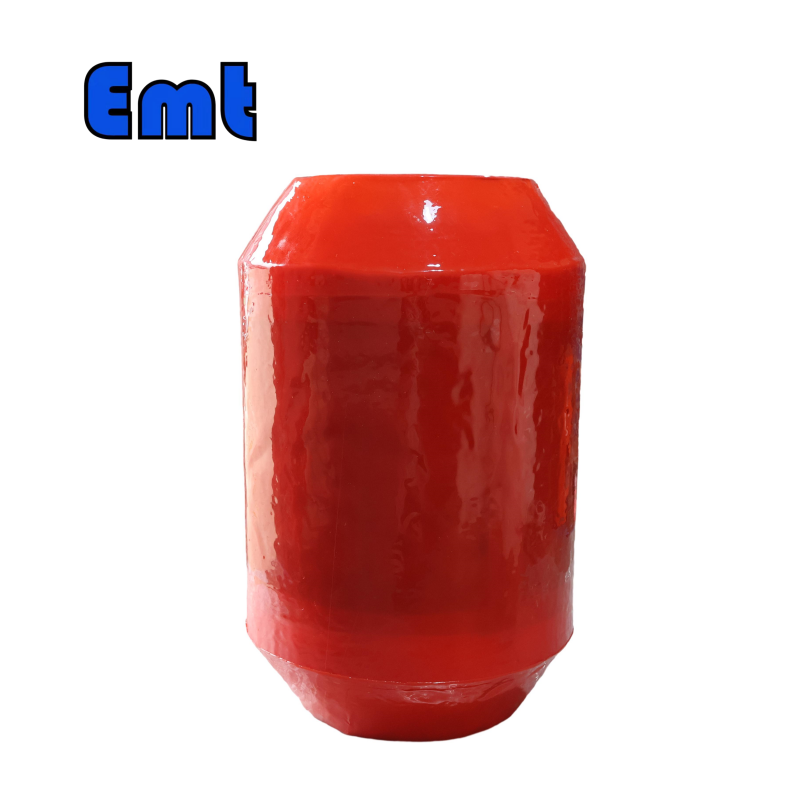

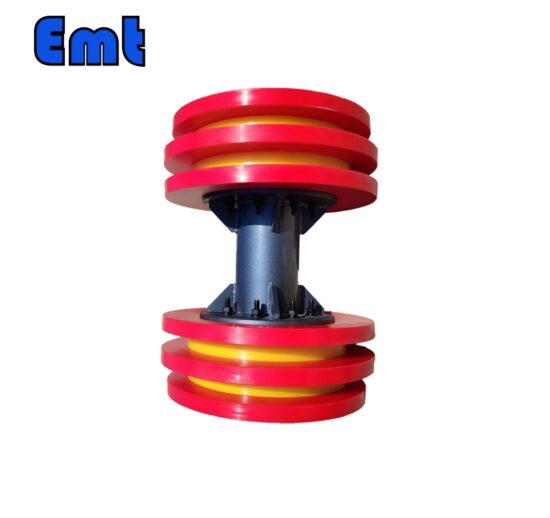
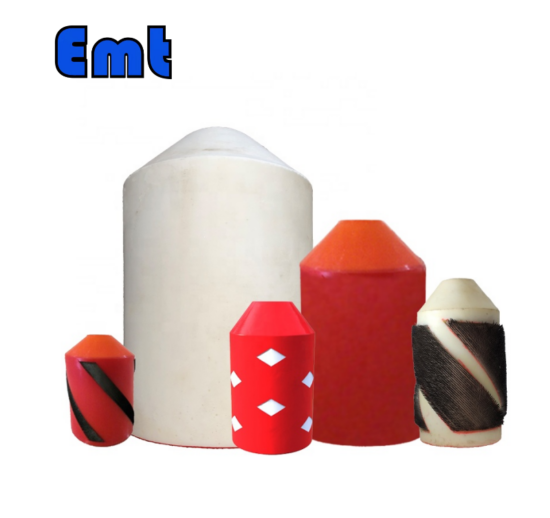
Il n’y a pas encore d’avis.